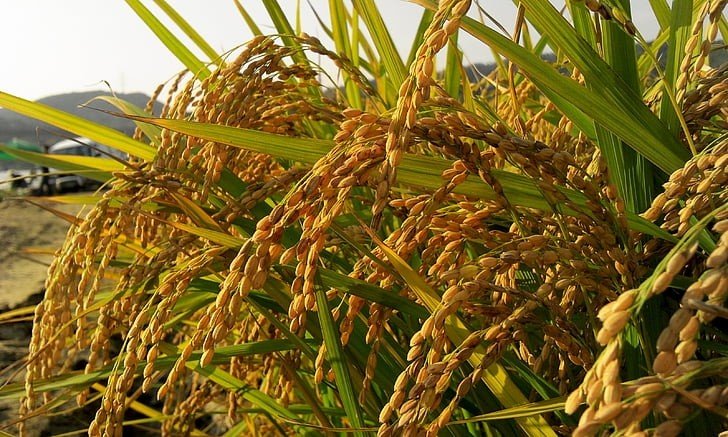Compound fertilizer has become an important support for ensuring food security and agricultural green transformation due to its balanced nutrients and convenient application. The current industry focuses on technological innovation and scientific application to help stabilize production and improve quality.
Core advantages of compound fertilizer
1. Precise nutrients: Synchronous supply of multiple nutrients such as nitrogen, phosphorus, and potassium reduces soil burden and is suitable for large-scale farming.
2. Efficient and labor-saving: Granular structure is suitable for mechanized operations. Products such as ammonium phosphate have long-lasting and stable fertilizer effects, significantly reducing fertilizer costs and becoming the first choice for field crops.
Key points of scientific application
Select fertilizers according to local conditions: Alkaline compound fertilizers such as DAP are suitable for acidic soils, while humic acid compound fertilizers are suitable for slightly alkaline soils.
Base fertilizer is the main fertilizer, combined with single fertilizer: Compound fertilizers are mostly used as base fertilizers and deep application, and quick-acting nitrogen fertilizers need to be supplemented during the growth period to avoid excessive growth.
Avoid application risks: Chlorine-containing compound fertilizers are prohibited for use on chlorine-sensitive crops (such as citrus and tobacco), while nitrate compound fertilizers should be avoided on leafy vegetables and paddy fields.
Innovation drives industry upgrade
The slow-release fertilizer technology prolongs fertilizer efficiency and reduces non-point source pollution through the coating process. In 2024, the output has exceeded 7 million tons, leading the global market. In addition, the concept of "precision agriculture" promotes the popularization of variable fertilization technology, with a target mechanization rate of over 75%, helping to increase the utilization rate of chemical fertilizers to more than 45%.
Outlook
The compound fertilizer industry is accelerating its transformation towards low-carbonization and functionalization, and will further balance the needs of high grain yields and ecological protection in the future.





